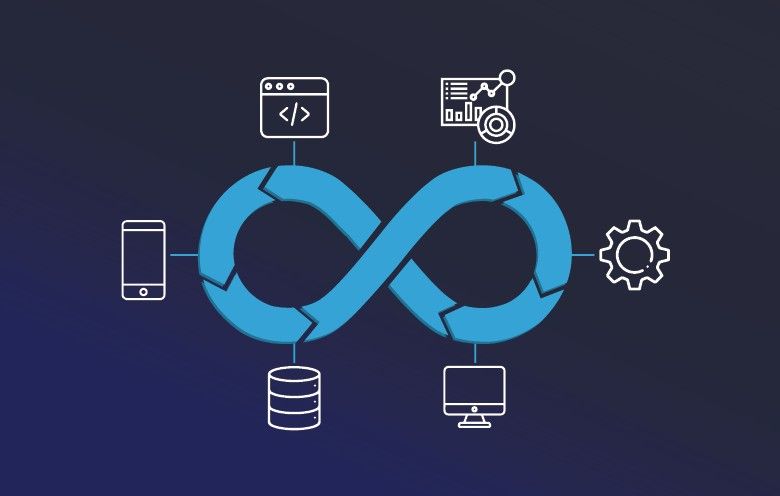In today’s rapidly evolving digital landscape, the efficient deployment of applications is pivotal for businesses striving to maintain a competitive edge. Enter Kubernetes, the open-source container orchestration platform that has revolutionized the way applications are deployed, managed, and scaled. Kubernetes offers a robust framework for automating the deployment, scaling, and management of containerized applications, providing organizations with unparalleled flexibility, reliability, and scalability. By seamlessly integrating applications with Kubernetes, businesses can streamline their development workflows, improve resource utilization, and enhance the overall efficiency of their operations. One of the key advantages of Kubernetes integration lies in its ability to unite disparate applications seamlessly within a single, cohesive ecosystem. Whether an organization is running microservices-based architectures, monolithic applications, or a combination of both, Kubernetes provides a unified platform for deploying and managing these diverse workloads. Through its declarative configuration approach, Kubernetes enables developers to define application requirements, dependencies, and scaling policies using simple, yet powerful, YAML manifests.

This allows for consistent deployment across development, testing, and production environments, facilitating smoother integration and reducing the risk of configuration drift. Moreover, Kubernetes’ robust scheduling capabilities ensure optimal resource allocation and utilization, thereby maximizing application performance and scalability. By leveraging its intelligent scheduler, Kubernetes can distribute workloads across available compute resources based on predefined constraints and affinity rules. This enables organizations to achieve better workload balance, minimize resource contention, and improve overall system reliability. Additionally, Kubernetes’ built-in support for horizontal scaling allows applications to automatically scale up or down in response to fluctuating demand, ensuring consistent performance under varying workloads. Furthermore, Kubernetes’ extensive ecosystem of plugins, tools, and integrations enhances its capabilities and extends its functionality to suit diverse deployment scenarios. From monitoring and logging solutions to continuous integration/continuous deployment CI/CD pipelines and service mesh frameworks, Kubernetes offers a rich ecosystem of complementary technologies that seamlessly integrate with its core features. This enables organizations to build robust, end-to-end workflows that streamline the entire application lifecycle, from development and testing to deployment and monitoring.
However, while Kubernetes offers unparalleled flexibility and scalability, its complexity can present challenges for organizations seeking to adopt and integrate it into their existing infrastructure and check here https://quema.co/integration-kubernetes. From cluster provisioning and networking configuration to security policies and resource management, Kubernetes introduces a myriad of concepts and best practices that require careful consideration and expertise to navigate effectively. As such, organizations may need to invest in training, consulting services, or managed Kubernetes solutions to ensure successful adoption and integration. In conclusion, Kubernetes integration represents a paradigm shift in the way applications are deployed, managed, and scaled, offering organizations a powerful platform for achieving greater agility, efficiency, and scalability. By seamlessly uniting applications within a unified Kubernetes ecosystem, businesses can streamline their development workflows, improve resource utilization, and enhance the overall resilience and reliability of their infrastructure. While challenges may exist, the benefits of Kubernetes integration far outweigh the complexities, paving the way for a future where deploying and managing applications is more efficient, scalable, and automated than ever before.